More on Dr. Reid’s 32-year career at NASA’s Glenn Research Center in Ohio: https://go.nasa.gov/3YbQ8VA
#BlackHistoryMonth

More on Dr. Reid’s 32-year career at NASA’s Glenn Research Center in Ohio: https://go.nasa.gov/3YbQ8VA
#BlackHistoryMonth
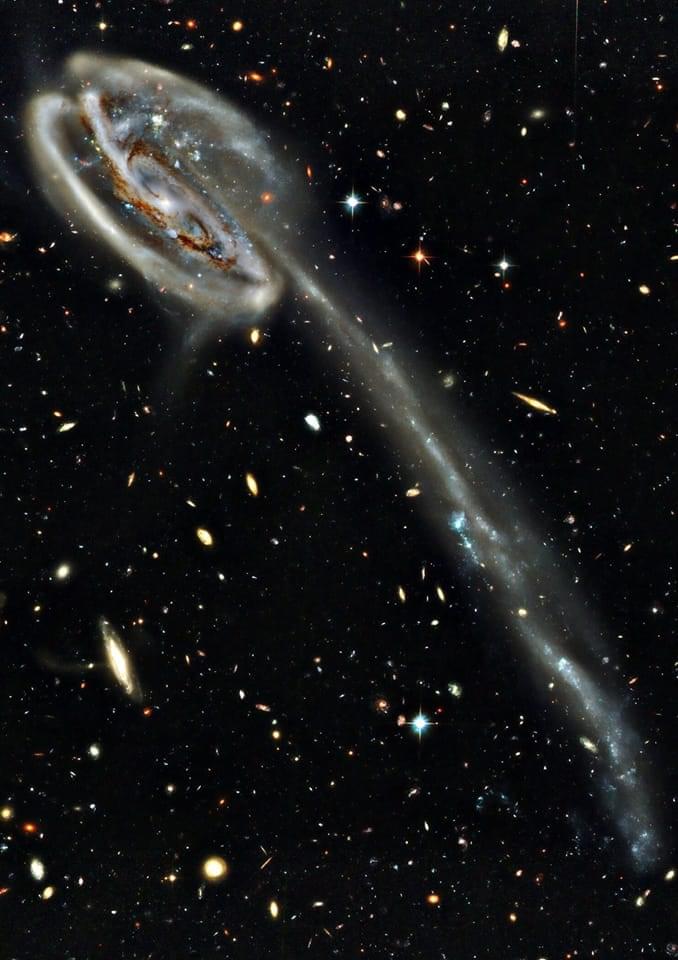
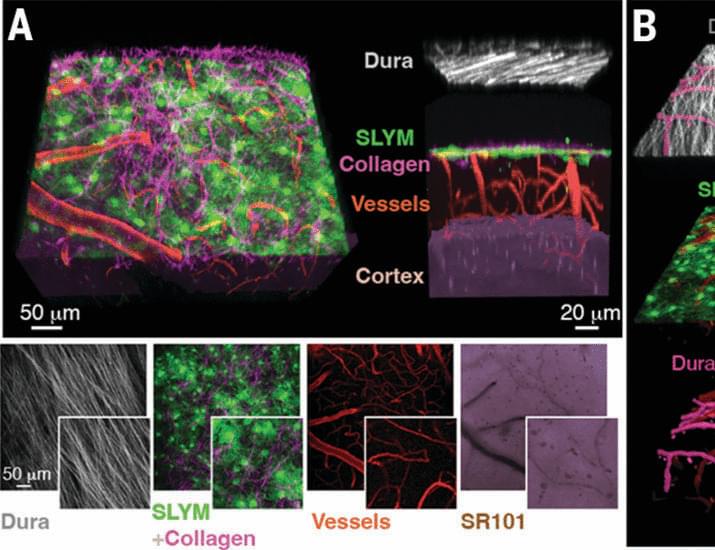
If there’s one thing I can’t stand it’s an uppity machine.
An excerpt from the 1968 film “2001: A Space Odyssey” directed by Stanley Kubrick.
Synopsis: Mankind finds a mysterious, obviously artificial, artifact buried on the moon and, with the intelligent computer HAL, sets off on a quest, where the way the HAL 9,000 super computer malfunctions.
© Metro-Goldwyn-Mayer Inc. (MGM)
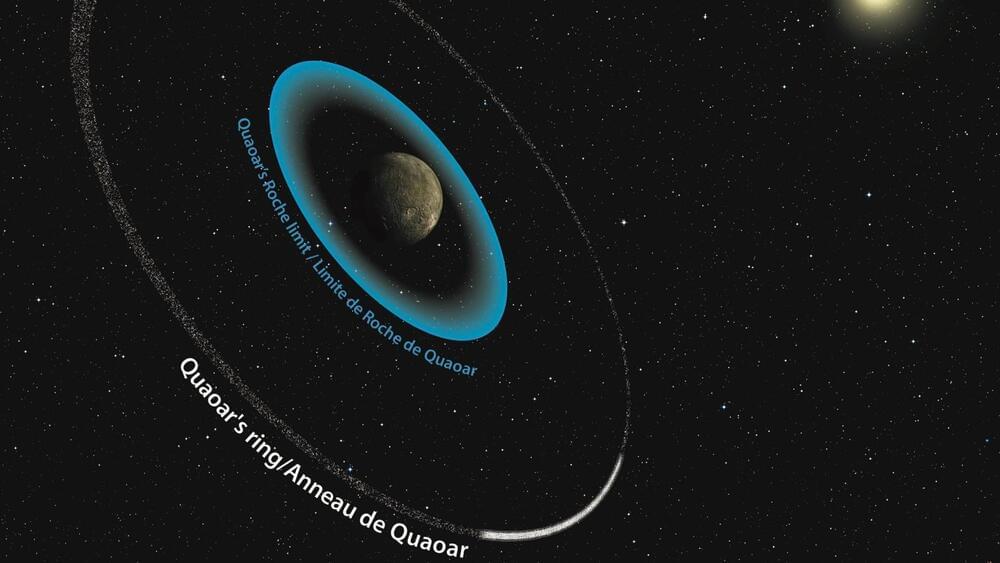
The discovery is putting into question everything astronomers believed about ring systems.
Astronomers from the University of Sheffield discovered a new ring system around a dwarf planet on the edge of the Solar System, according to a press release. The discovery calls into question current theories about how ring systems are formed since the ring system orbits much further out than is typical for other ring systems.
Around a dwarf planet.
The ring system is located around a dwarf planet named Quaoar, which is approximately half the size of Pluto and orbits the Sun beyond Neptune.
Paris Observatory.
The astronomers spotted the ring system by using HiPERCAM — an extremely sensitive high-speed camera developed by scientists at the University of Sheffield, which is mounted on the world’s largest optical telescope, the 10.4-meter diameter Gran Telescopio Canarias (GTC) on La Palma.
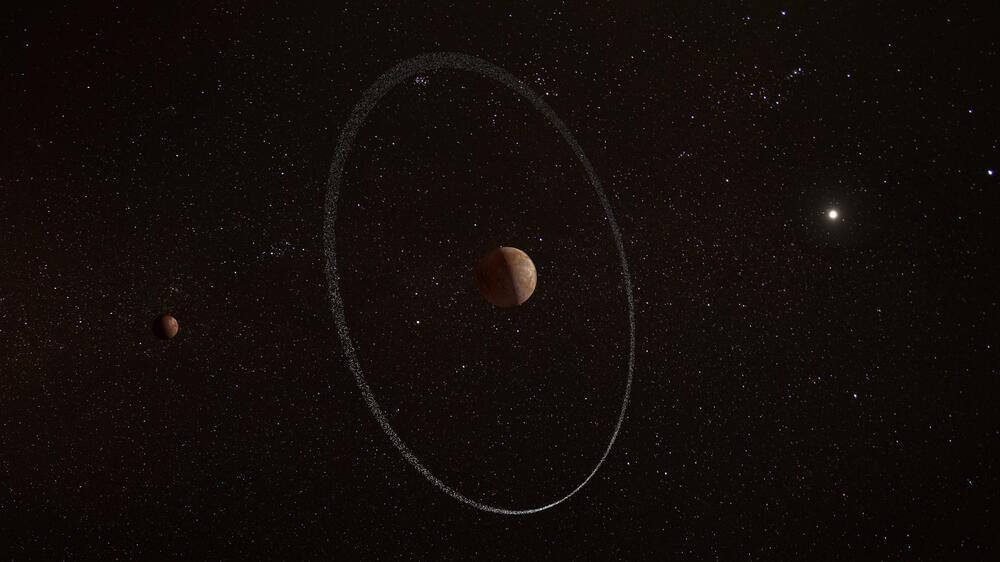
After the news in January of the James Webb Space Telescope spying rings around Chariklo—a tiny world over two billion miles away from Earth—new research reveals another remote ringed world in the solar system.
Quaoar (pronounced “kwar-waar”) is a dwarf planet about 700 miles/1,110 kilometers in diameter—about half the size of Pluto—that orbits the Sun beyond Neptune in the remote and cold Kuiper belt region. It has a tiny moon called Weywot.
Scientists have found rings around Quaoar, a small body in the solar system about half the size of Pluto.

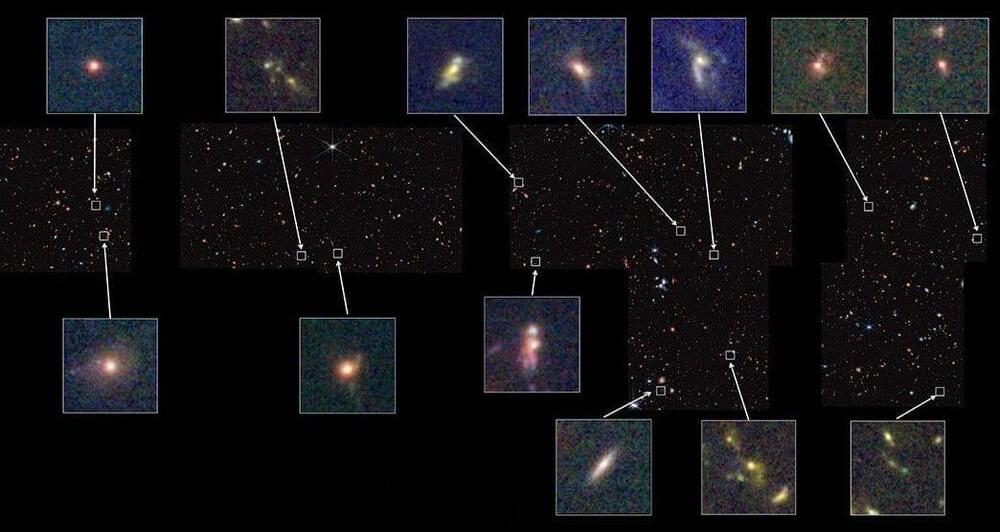
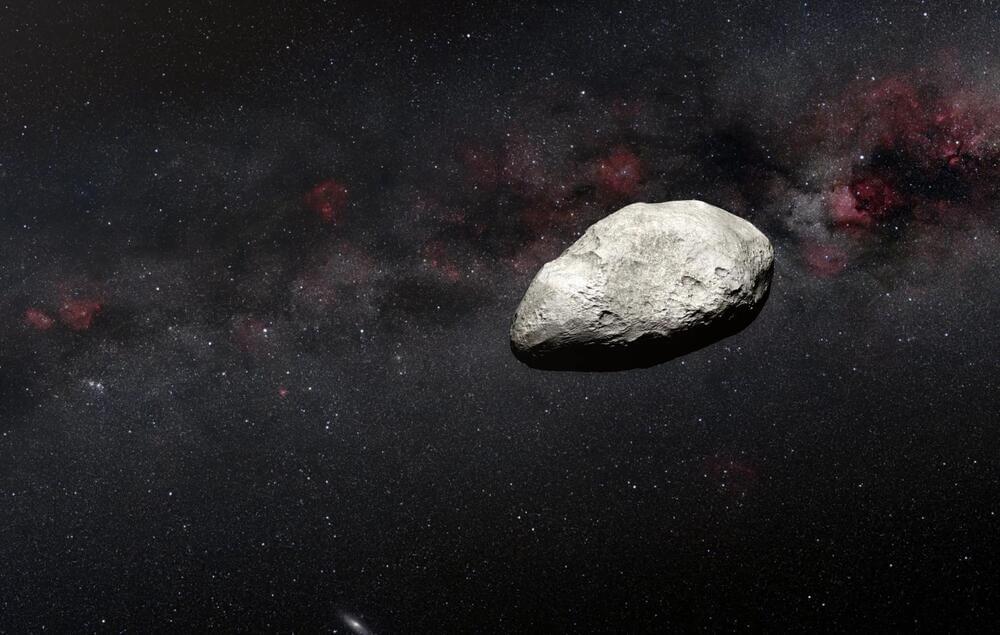
The object belongs to the poorly known sub-kilometer category of asteroids in the main belt. An asteroid roughly the size of Rome’s Colosseum — between 300 to 650 feet (100 to 200 meters) in length — has been detected by an international team of European astronomers using NASA’s James Webb Space Telescope. They used data from the calibration of the MIRI instrument, in which the team serendipitously detected an interloping asteroid. The object is likely the smallest observed to date by Webb and may be an example of an object measuring under 1 kilometer in length within the main asteroid belt, located between Mars and Jupiter. More observations are needed to better characterize this object’s nature and properties. Credit: NASA, ESA, CSA, N. Bartmann (ESA/Webb), Martin Kornmesser (ESA), Serge Brunier (ESO), Nick Risinger Photopic Sky Survey)
Three of the four Galilean moons around Jupiter might have oceans beneath their ice.
The Jupiter Icy Moons Explorer (Juice) mission is set to launch in April 2023.